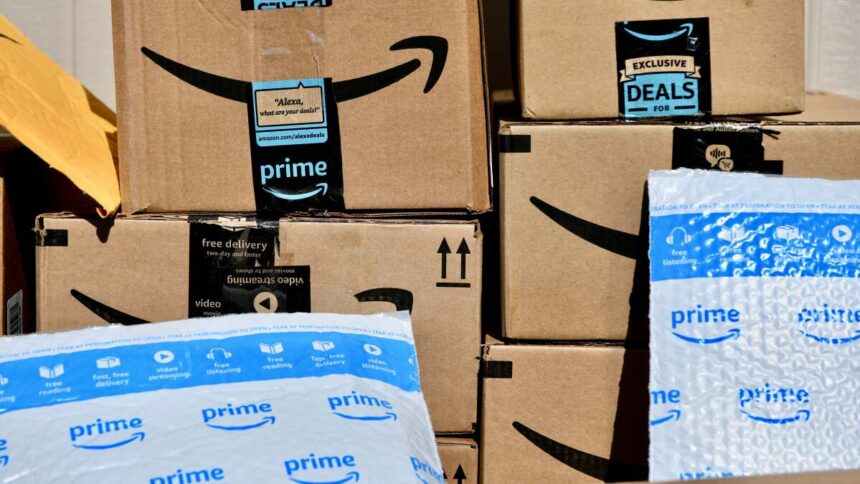Making the Most of Amazon’s Return Policy After Prime Day
Amazon’s October Prime Day 2024 has come and gone, leaving many customers with a mix of excitement and buyer’s remorse—along with a mountain of credit card bills. If you’ve ended up with more items than you planned, don’t worry; returning unwanted products to Amazon is generally a straightforward process, provided you’re within the guidelines.
While you can’t exactly treat Amazon as a “try before you buy” service, the platform is typically accommodating when it comes to refunds, especially for unopened items or those with valid return reasons. Most importantly, they even cover shipping fees for returns, as long as their policy isn’t exploited.
Understanding Amazon’s Return Process
Purchases made through Amazon can usually be returned within 30 days of delivery for a full refund, without any hidden fees such as shipping or restocking. In rare instances, items may not even need to be sent back at all.
To initiate a return, navigate to your Amazon account. Click on “Your Orders,” locate the item you’d like to return, and select “return or replace item.” You’ll find a drop-down menu offering various reasons for the return, designed to accommodate nearly any situation. For example, if you want to return a 1:18 scale remote control shark, you might indicate it’s “no longer needed” (although in this case, it might just be a necessity).

After that, you may either need to return the item or receive an immediate refund, allowing you to keep the product. If a return is necessary, you can either print the generated shipping label or utilize an Amazon QR code for easy returns at various locations including UPS Stores, Whole Foods, Kohl’s, and Amazon Lockers. For returns at physical stores like Whole Foods, there’s no need to place items back in a box; simply bring the item and the QR code. Additionally, customers can earn a $10 Whole Foods coupon for making a return at such locations.
Exceptions to Amazon’s Return Policy
Given the vast array of products sold by Amazon, specific exceptions exist. Notably, orders fulfilled by third-party sellers follow independent return policies. Moreover, certain categories like Amazon Pharmacy transactions, items with special warranties, collectibles, and many other purchases come with particular return rules. A comprehensive overview of these stipulations can be found in Amazon’s guidelines for special return/refund cases.
How Amazon Decides Which Items You Can Keep
Although Amazon does not publicly share the criteria for determining which items customers may retain after requesting refunds, it generally tends to favor established users returning less expensive items. If the cost to return an item exceeds the potential resale value, Amazon may opt to let you keep it. Customer loyalty is likely factored into these decisions as well.
For more substantial purchases like televisions and laptops, returning the items is usually a requirement, with refunds typically issued only after the items are received back at the warehouse.
Consequences of Misusing Amazon’s Return Policy
While it may be tempting to try and take advantage of Amazon’s return policy for free goods or to operate it as a free rental service, this practice is not advisable. Beyond the ethical considerations, being caught in such actions may lead to account suspension or a ban.
While Amazon doesn’t disclose what specific behaviors can lead to an account being flagged, their business acumen means they will identify accounts that are not beneficial to their operations. Consequently, you might receive a communication expressing a desire to “better understand the activity on your account.” This may serve as an indirect warning to cease your behavior. Should the company decide that your account is no longer valuable, it will proceed to ban you.












